
Friday, November 6, 2020
Missed Physics Nobel 2009: Narinder Singh Kapany

Tuesday, October 27, 2020
Why BECA when we have NavIC ?
Why BECA when we have NavIC ?
(https://www.rediff.com/news/column/why-beca-when-we-have-navic/20201027.htm )
By SHIVANAND KANAVI
October 27, 2020 17:25
Should we celebrate BECA as literal 'manna from the heavens', as the government wants us to believe, or should we be apprehensive?
PSLV-C32/IRNSS-1F
Today GPS (Global Positioning System) is being used extensively in India and all over the world.
It is used to find your way to a destination using your smart phone maps anywhere in India; it is used by airplanes and ships and even fishing boats to navigate the vast seas and the sky safely and accurately.
What is available freely or at commercial rates is a service provided by satellite systems operated by the US Global Positioning System (GPS), Russia's Global Navigation Satellite System (GLONASS), China's BeiDou Navigation Satellite System (BDS) and the European Union's Galileo.
The same satellite systems are also used in modern military to guide warships, tanks, missiles and drones.
But the signal for this military use is encrypted and is only available to the owners of these systems and their close allies if the owners choose to do so.
Even among 'allies' there is always the danger that the signal could be corrupted or turned off at a crucial juncture, thereby crippling the 'ally''s military capability.
That is why all major powers develop their own navigational system.
India and the US signed a new defence agreement called BECA (Basic Exchange and Cooperation Agreement for Geo-Spatial Cooperation) on Tuesday.
The US has been pushing for this agreement along with others for over a decade.
It will make selling US military hardware easier to India.
There has been opposition to signing this agreement from within India for over a decade because while the US is supposed to provide accurate GPS data to India, in return India is supposed to exchange maps, charts and data to the US which can compromise Indian defence to the US military.
Using border tensions with China and dreams of targeting terrorist camps in Pakistan, the agreement has been pushed by the present government in India.
It is noteworthy that India has planned such a Satellite Navigational System since 2010.
The system would give accurate positioning for not only the vast Indian subcontinent, but almost the entire Indian Ocean region from the east coast of Africa to South East Asia.
It is called IRNSS (Indian Regional Navigational Satellite System) or NavIC.
The system was developed partly because access to foreign government-controlled global navigation satellite systems is not guaranteed in hostile situations.
According to reports, it happened to the Indian military in 1999 when the United States denied the Indian request for accurate GPS data for the Kargil region which would have helped the Indian military in the Kargil War.
Thus, the goal of the IRNSS was to not only to serve the commercial market in India and surrounding countries, but also make the Indian military 'Atma Nirbhar' as far as the important object of accurate targeting of weapons.
The government has spent so far over Rs 2,000 crores (Rs 20 billion) on it.
Six satellites of NavIC are already in orbit and functioning and five more are planned to be launched.
The commercial service has already started and the military part of it is being tested.
According to a senior ISRO source, who spoke on condition of anonymity, "The only advantage the US system has over the IRNSS is that US has a long experience of operating such a system and actively using it for targeting its missiles and drones all over the world including our neighbourhood. Whereas we have just started setting it up.
"Other than our lack of experience, the US data would not provide any greater accuracy than what NavIC is capable of."
"Moreover, always such offers have been made to us by other powers only when we have developed our own system independently through our resources."
"The goal seems to be that we do not invest further in our system to make our system more accurate and more reliable or more global in reach."
So should we celebrate this literal manna from the heavens, as the government wants us to believe, or should we be apprehensive?
-----------------------------------
Wednesday, October 14, 2020
Jack Kilby--A Tribute
 Nearly 42 years after the invention of the integrated circuit (IC) the Swedish Royal Academy of Sciences announced on 10th October 2000, the award of Nobel Prize to Jack Kilby, the inventor.
Nearly 42 years after the invention of the integrated circuit (IC) the Swedish Royal Academy of Sciences announced on 10th October 2000, the award of Nobel Prize to Jack Kilby, the inventor. Sunday, September 13, 2020
Ghadar of 1857
Sunday, December 1, 2019
Book Review: Fire and Fury--Transforming India's Strategic Identity
https://www.rediff.com/news/column/oh-you-are-kakodkar-president-bush-exclaimed/20191130.htm
'Oh, you are Kakodkar!', President Bush exclaimed

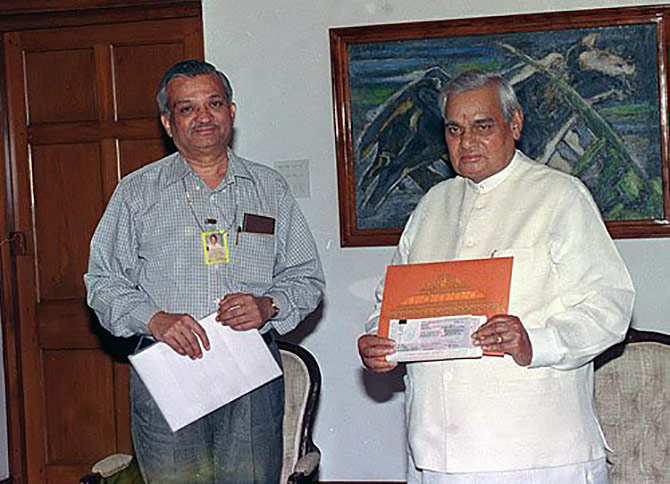
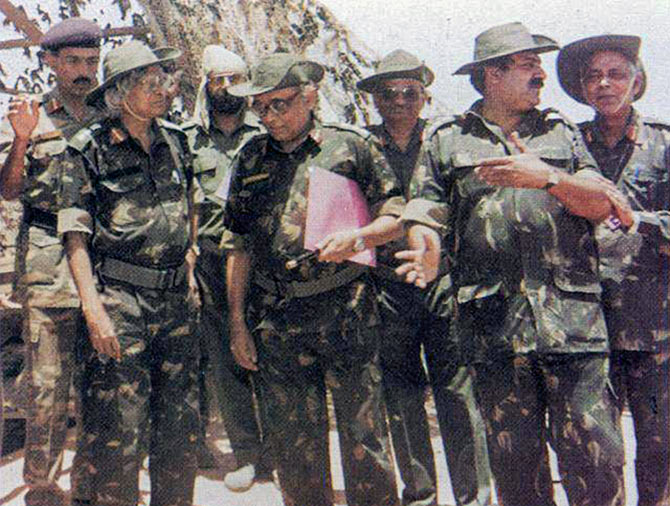
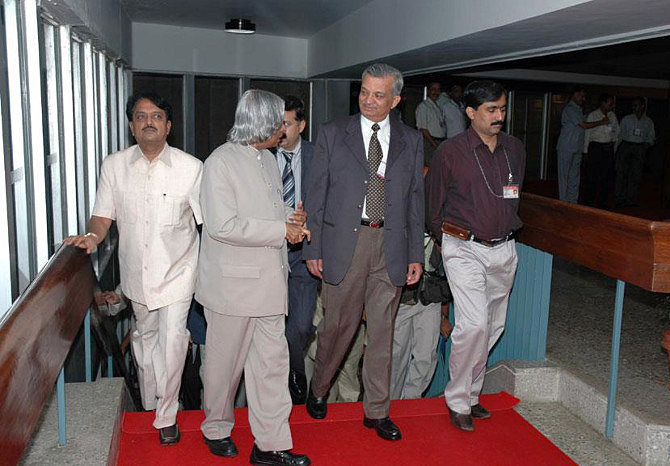
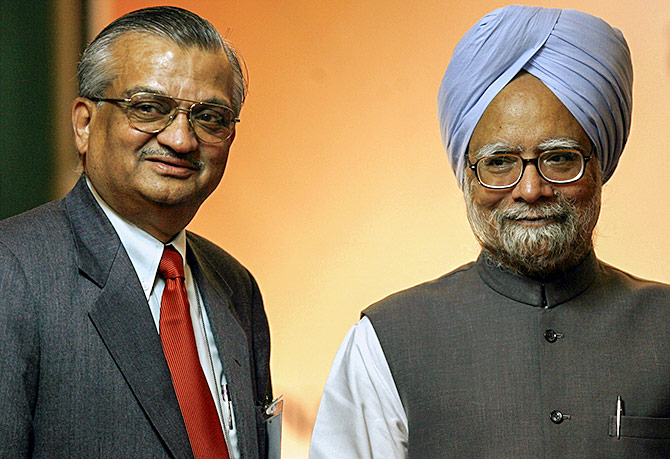
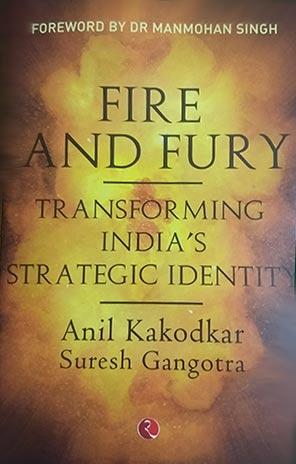
Saturday, November 30, 2019
Book Review: Bridgital Nation
Book Review:
Bridgital Nation By N Chandrasekharan & Roopa
Purushothaman, Penguin Random House 2019
(Appeared in Outlook Magazine.
Towards
a Tata-Birla Plan 2.0
Seventy five years ago on Jan 17, 1944 and on Dec 17, 1944
two slim volumes with far reaching consequences for India were published. They
were titled A Brief memorandum outlining a plan for economic development
of India Part I and A Brief memorandum outlining a plan for
economic development of India, Distribution-Role of the State Part II. The
first was authored by Sir Purushottamdas Thakurdas, J R D Tata, G D Birla, Sir
Ardeshir Dalal, Sir Shri Ram, Kasturbhai Lalbhai, A D Shroff and John Mathai
and the second was authored by the same group except for Sir Ardeshir Dalal,
since in the interim he had been inducted into the Viceroy’s executive council
in charge of planning.
The plan by India’s leading businessmen also came to be
known as “Bombay Plan” perhaps because it was discussed, drafted and finalized
in Bombay, as a matter of fact in “Bombay House”, the headquarters of Tata
Group. It won’t be an exaggeration to say that Bombay Plan which was also
called Tata-Birla plan by the media, guided the course of post war and post-colonial
economy of India from 1947 to 1991.
There is no better testimonial to the impact of Tata-Birla
plan than the words of former Prime Minister, Dr Man Mohan Singh, who said
addressing the ASSOCHAM on August 24, 2004 “As a student of economics in the
1950s and later as a practitioner in government, I was greatly impressed by the
"Bombay Plan" of 1944. When we read it today, nearly 60 years later,
we see how relevant many of the central propositions of the Bombay Plan remain.
In those days, it was an unprecedented document. It is worthy of emphasis that nowhere
in the developing world had a group of businessmen come together to draw up
such a long-term plan for a country. The Bombay Plan laid great emphasis on
public investment in social and economic infrastructure, in both rural and
urban areas, it emphasized the importance of agrarian reform and agricultural
research, in setting up educational institutions and a modern financial system.
Above all, it defined the framework for India's transition from agrarian
feudalism to industrial capitalism, but capitalism that is humane, that invests
in the welfare and skills of the working people. In many ways, it
encapsulated what all subsequent Plans have tried to achieve.”
Now everyone is familiar with the big bang reset in India’s
economy from consolidation and protected growth to globalization of markets and
capital that started in 1991. The stirrings for reset had started a decade
earlier. It’s however striking that unlike the captains of industry who
articulated the Bombay Plan, the business leaders of the 90’s and even the
first decade of 21st century failed to articulate their vision for India
in the midst of challenges and opportunities of globalization. Perhaps they
were too busy improving efficiencies, expanding capacities and acquiring assets
abroad. In fact the only document which comes close to a vision document for
that period did not come from business leaders but by an economist who had
served the Indian state in various capacities for decades; Dr Manmohan Singh’s
budget speech of 1991. And that was it.
‘Bridgital Nation’ by N Chandrasekharan who is currently
Chairman of Tata Sons and Roopa Purushothaman, Chief Economist at Tata Group,
is an attempt to provide a vision to guide India in the coming decades of what
they call as the Fourth Industrial Revolution propelled by Artificial
Intelligence and other technological developments. It is slim, about 260 pages
plus notes, well annotated and at the same time captivatingly written there by
making it reader friendly despite the gravitas of the problems they deal with.
They skillfully sketch with colour and brevity the
complexities in the real world of health care; education and skilling; unemployment
and under employment; formal and informal economies; problems faced by women in
the work force; entrepreneurship etc. The authors draw stories, data, lessons from
their own rich experience in services as well as the institutional reach and
memory of Tata Group that encompasses nearly a hundred enterprises that cover
many sectors of the formal economy.
On top of that they have access to over a century of
experience in the vast philanthropy of Tata Trusts and of individual Tata group
companies among literally all sections of society in all corners of India. Among
adivasis; rural communities; remote hill regions, in the heart land and
periphery of the subcontinent; in the areas of education; adult literacy;
health care; self-help groups etc etc. From there they draw rich human interest
stories which act as parables for their theses.
They are able to weave the stories in the grey matter of
ideas, data and graphics. That’s a remarkable achievement stylistically.
At the outset they explain the new word they have coined,
“bridgital”: “we need a new approach that views AI and automation as a human
aid, not a replacement for human intervention. If we do this, automation in
India will look nothing like it does anywhere else. We call this approach
‘Bridgital’.”
There is a visible split in the nature of the Indian
economy—a high-skill, high-productivity sector that produces goods and services
for wealthy, tech-savvy, and urban consumers alongside external markets, and a
low-cost, low-productivity sector that is mostly geared towards the poor. India
is missing a ‘middle’—the midway jobs, the mid-skilled workers.
India’s approach to automation has to be distinct from China,
the US and Japan; it has to focus on technologies that augment and raise
people’s skills.
India does not resemble the traditional story analysts tell
about economic progress. Economic growth does not reflect job growth. While
India is abundant in unskilled and inexpensive labour, GDP growth has instead
been powered by industries that prize skill and capital—scarce resources
unavailable to a vast swathe of the country.
India’s challenges are urgent. It is easy to be trapped in
crisis mode, fighting fires as they spring up. To evolve, though, the country
has to anticipate and actively design the future it wants.
The changes that took place in the early 90’s seem to have
run their course in three decades since, just as the Bombay Plan (1944) had run
its course by the 1980’s. In order to face the challenges of today’s
geo-politics, geo-economics and the explosion in technology, there is a need
for the articulation of another vision document with practical policy
guidelines drafted by India’s best economic, scientific, technological brains
along with business leaders in Manufacturing, Trade, Agriculture, Finance,
Capital Markets and Services.
In the absence of such a vision, we have today in the
corridors of power, an atmosphere of bluster and hubris on the one hand and
groping around in the dark on the other. It can at best be described as a
tactical approach to the challenges rather than strategic.
N Chandrasekharan and Rooopa Purushothaman have ventured to
contribute towards such a new Tata-Birla plan through their book “Bridgital
Nation”. Hopefully it will attract other business and thought leaders to put
aside some time and put in intense effort to articulate a new vision a Tata-
Birla Plan 2.0.
Shivanand Kanavi
(Former VP at
TCS and currently Adjunct Faculty at NIAS, Bengaluru and author of “Sand to
Silicon: The amazing story of digital technology” and “Research by
Design: Innovation and TCS”; skanavi@gmail.com)
Friday, August 30, 2019
65 years of Computer Science in India
65 years of Computer Science in India
August 29, 2019
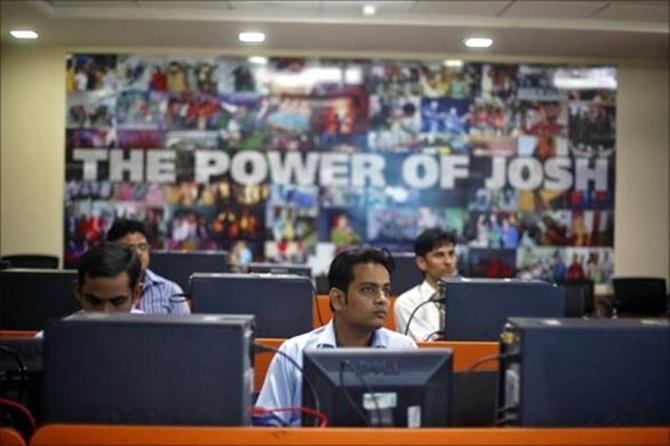
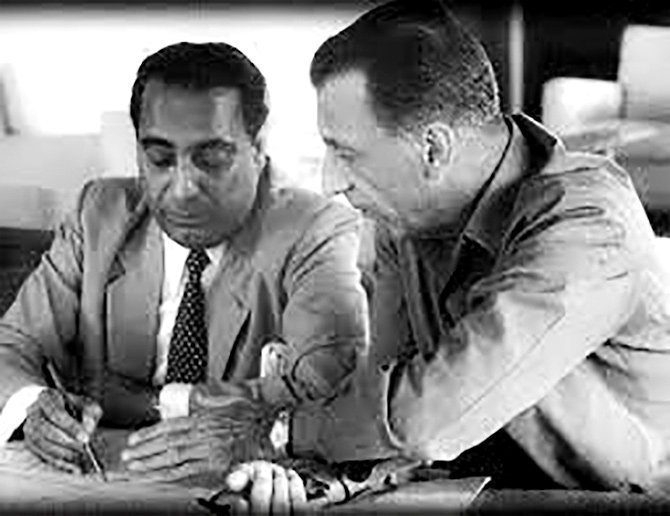
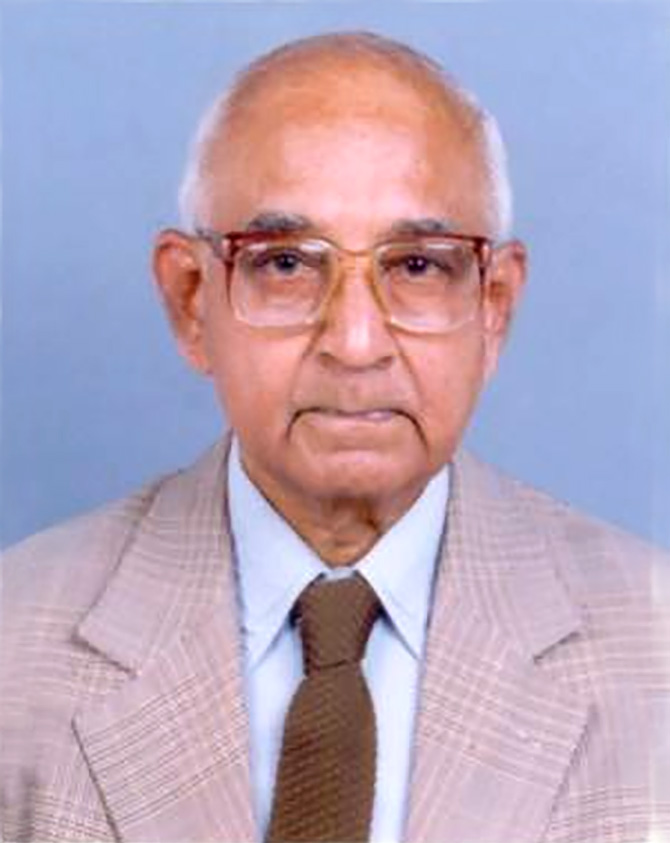
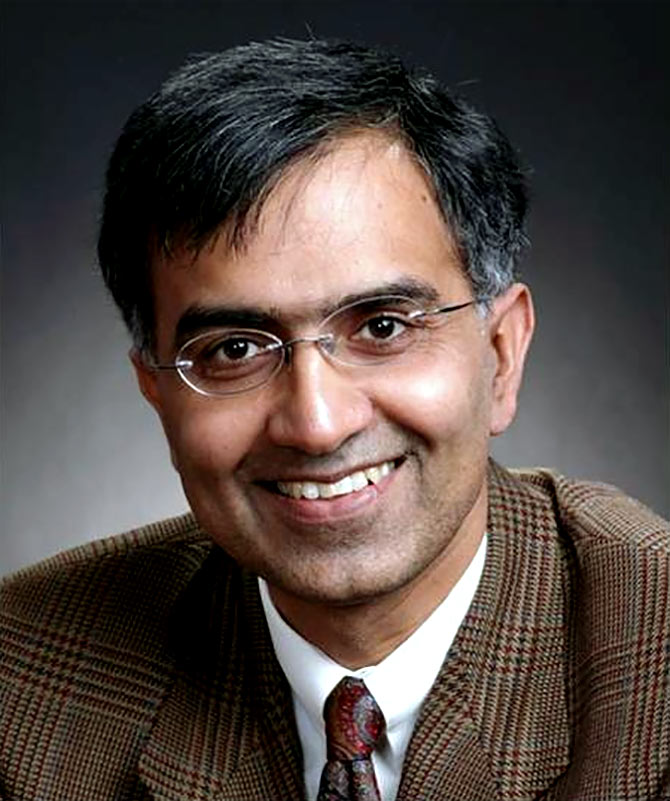


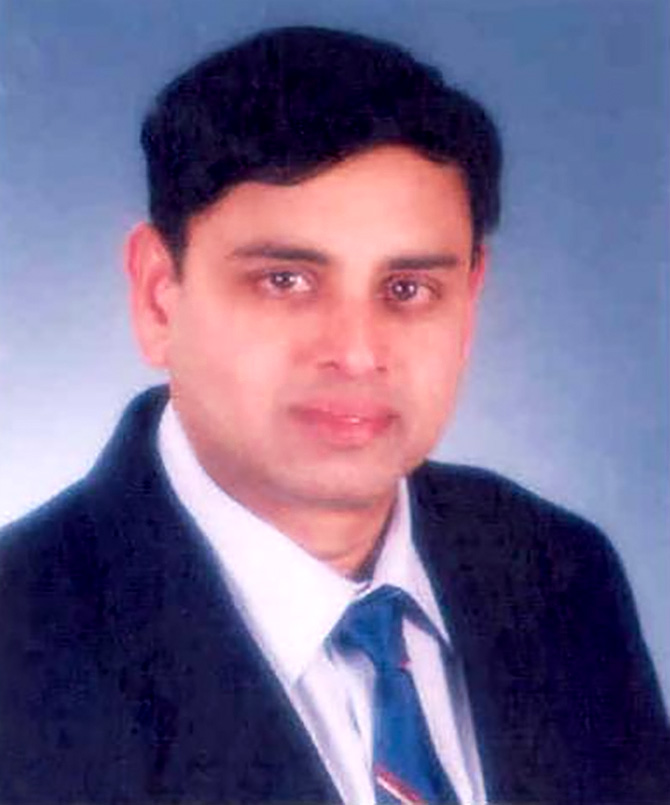
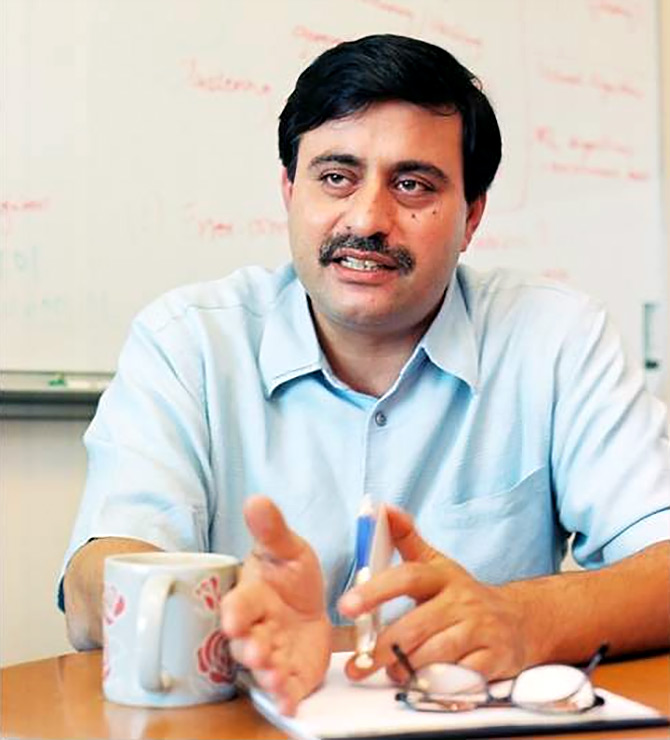

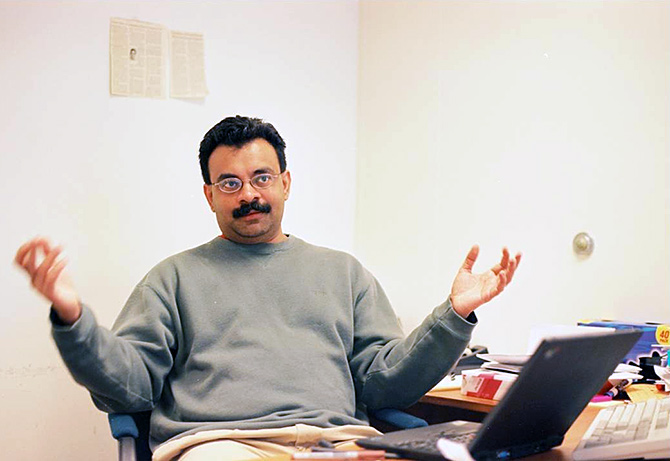

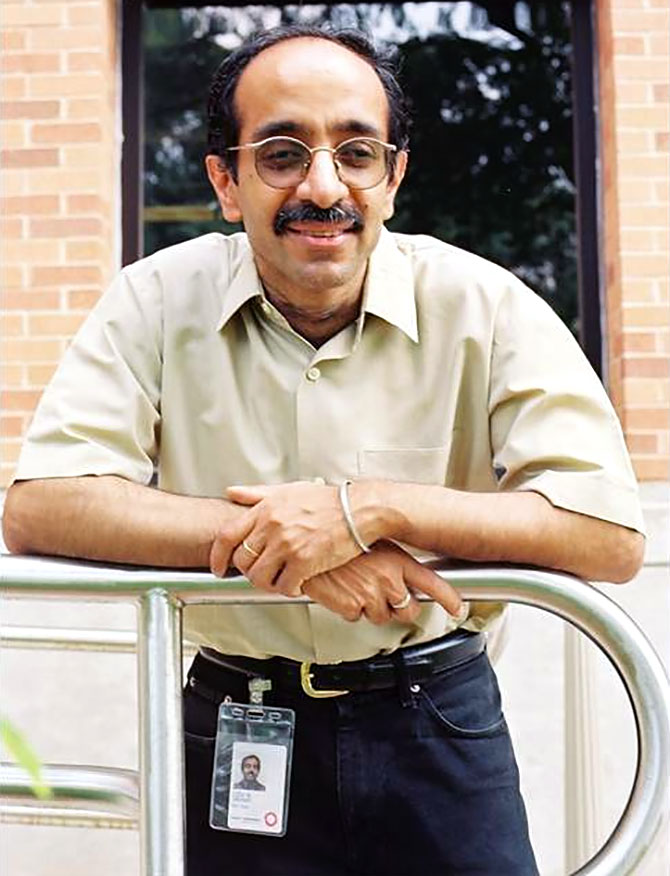
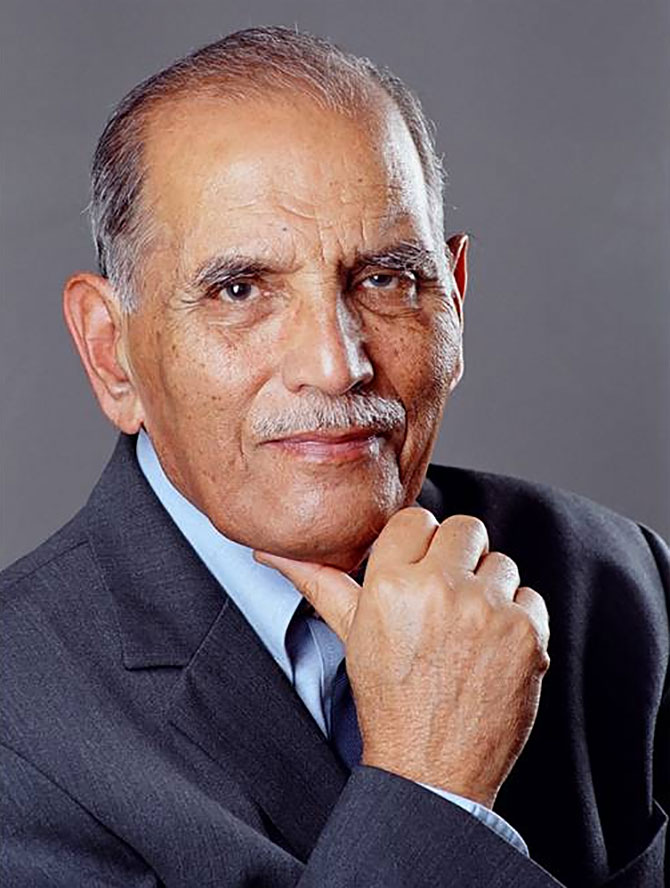
.JPG)





